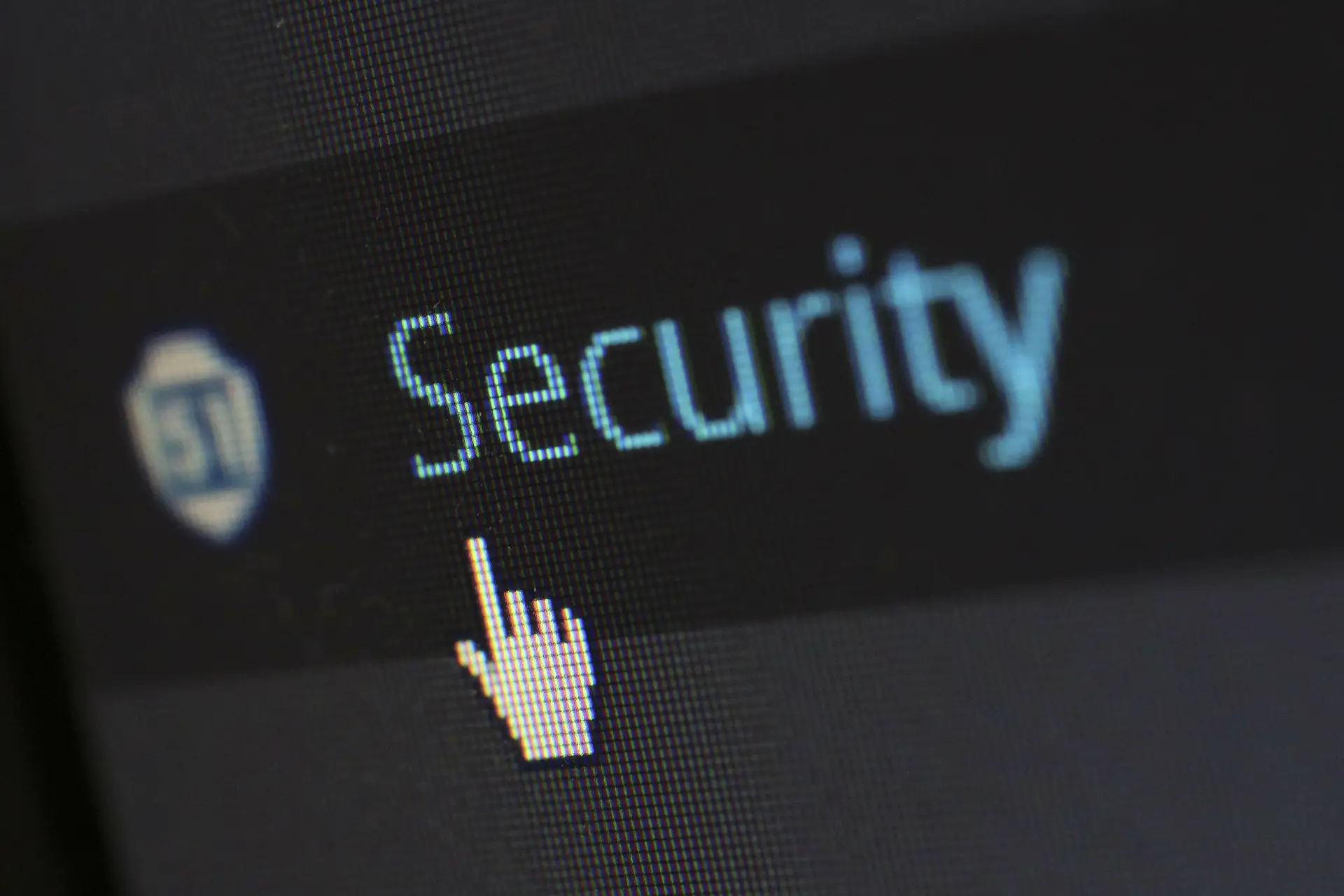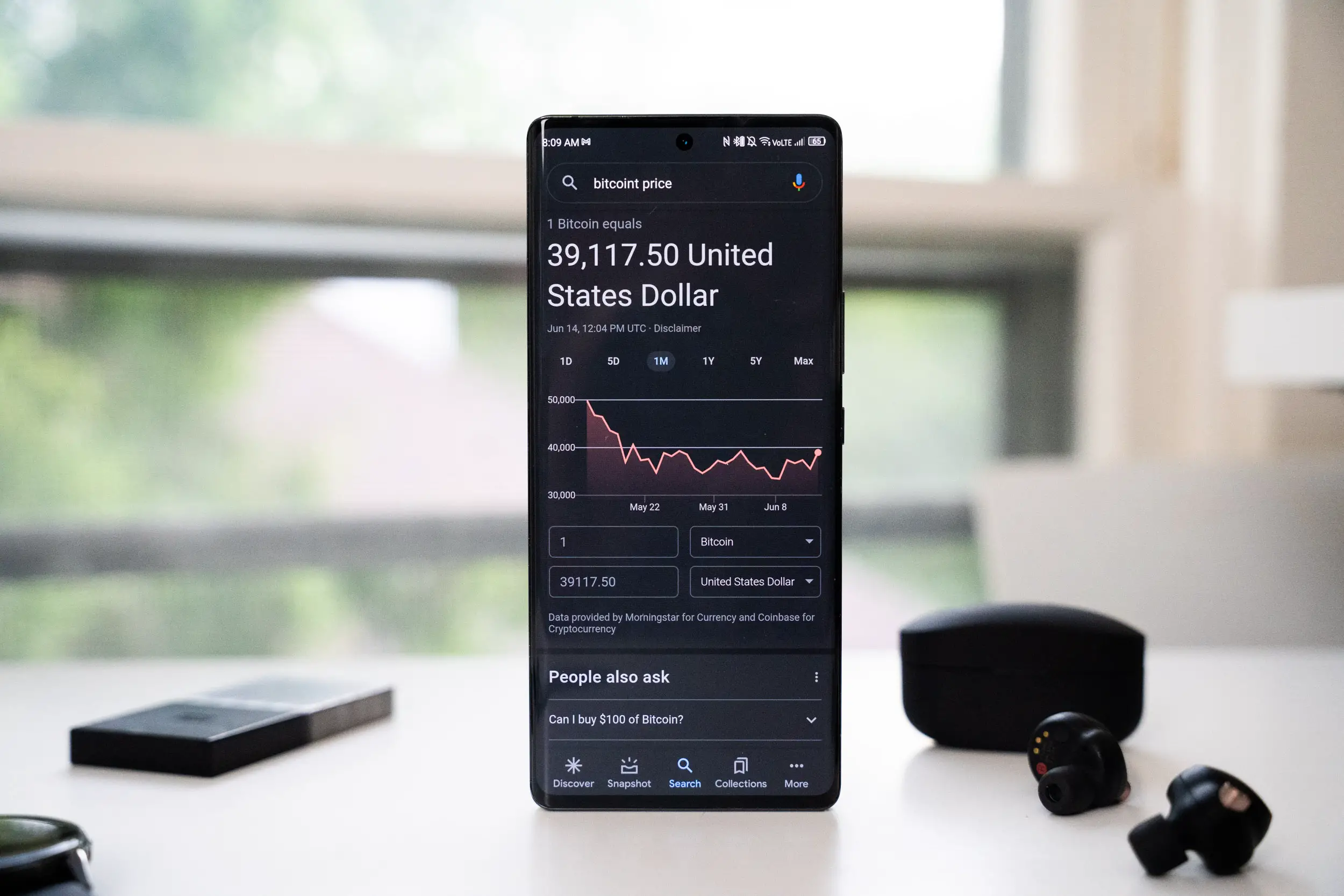Online security is a necessity these days. Privacy is at a premium, and every step you take on the web is prone to be spied or monitored. If you don’t protect your assets, someone will take advantage of them at your expense. Here are some tools you can apply to safeguard what you value:
Password manager
The password, or passphrase as it is called in some circles, is supposed to be held only by the person that is going to access the service or account, be it a social media outlet, a bank, an online shopping platform, or any other service.
However, hackers can track your passwords and use them to enter your accounts and wreak havoc if you don’t know how to set up a secure phrase, or if you dismiss the importance of it and configure a “123456” just to formalize the process.
Avoid passwords that contain personal information, such as your name or your birthday. We also encourage you to think outside the box and stay away from overly simplistic numbers, such as the example given in the last paragraph. Combining letters with numbers and special characters is a good idea.
In the case you can’t remember your phrases; Password manager software is one of those online safety tools that can come in handy for you. They can help you manage any number of passwords, so you don’t forget them.
Antivirus software
The online landscape is full of viruses, spyware, rootkits, Trojan horses, worms, ransomware, and other forms of malware that can affect your computer performance and even your digital assets.
To help you identify any possible threats and eliminate them, we strongly advise you to use antivirus software. These programs are installed on your device to spot and eradicate viruses and malware from your system or put them on quarantine.
Antivirus software comes with different focuses, efficiency, and price ranges. Remember, you can easily get infected with malware: by downloading a picture or video, by torrenting, by clicking on unknown attachments, or by opening an ad message.
Safe browsing and practising healthy habits
The most efficient protection measure a person can implement is careful browsing. We can avoid a high percentage of the hacking attacks that take place worldwide if we apply the most basic safety recommendations at all times.
For example, using public Wi-Fi is not recommended because those networks host some threats, including hackers ready to perform man-in-the-middle attacks. Clicking on unknown attachments or emails from the dubious origin is not recommended, as well.
Regularly backing up your most valuable documents and files, keeping your operating system and browser up to date, avoiding vulnerable torrenting sites, and disclosing only necessary bits of data and information on your social media networks are other tips you should be looking to implement every time you connect to the web.
Prioritizing HTTPS (HyperText Transfer Protocol Secure) over HTTP when you are looking for pages to open is also an excellent way to protect your privacy and make sure the communication you establish with the site you are about to enter is encrypted.
Two-factor authentication
We are at a point in history in which protecting our accounts (be it mail, banking, e-commerce, social media, gaming, gambling, streaming, or any other) with a weak password just isn’t enough. Now that you now you should implement a password manager and come up with long phrases that have letters, numbers, and even special characters, you should also meet an extra security layer to bring more peace of mind to your online ventures: two-factor authentication.
It refers to a system in which supplementing, or complementing, the password (something you know) with “something you have,” which often means a code that only you possess or have access to. It can be a pin sent to your mobile device or your email account.
By sending you a code after you have entered your password, you make sure that, in the event of your account being taken, the online thief can’t advance further because he/she won’t receive the pin – you will.
Two-factor authentication (2FA) is often referred to as multi-factor authentication (MFA) when the variant “something you are” is included in the system.
Privacy-focused browsers
Web browsers allow us to browse the Internet and have access to all the great things it has to offer. However, the most famous browsers, like Google Chrome, Safari, or Mozilla Firefox, are known for their privacy-invasive logging techniques: they collect details of your online behaviour, such as timestamps, history, clicks, and most frequently visited sites and can share this information around the web.
For privacy-conscious people, that represents a clear violation. To avoid that scenario, using browsers focused on online security is recommended. Among them are:
- The TOR browser
- HTTPS Everywhere
- Brave
- Epic
- Dooble
VPN: Virtual Private Networks
The best and most efficient tool for achieving online safety and privacy is, by far, a VPN. The word is the abbreviation of “Virtual Private Networks,” which are Internet-based resources that can encrypt the user’s data, IP address, and traffic in such a way that any third-parties and external agents can decrypt the information and having access to it.
VPN comes in the form of apps and clients offered by online companies. They implement protocols (such as OpenVPN or IKEv2, for example) to create a virtual tunnel, through which the user’s data will pass, protected from hackers, cybercriminals, malware developers, targeted advertising, censorship, surveillance, geo-blocking, and other agents or situations.
The VPN service will position itself between the user and the broader network, successfully replacing the Internet Service Provider (ISP) as the entity that manages users’ connection requests. The VPN server will receive the person’s petition and relay it to the web under a different IP address.
In conclusion, your online safety will be enhanced if you apply some or all of the discussed tools. You can implement them all if you want: there are no restrictions whatsoever! VPNs, though, are the most cost-effective and popular right now.











Comments